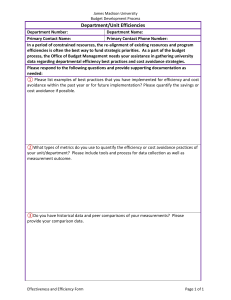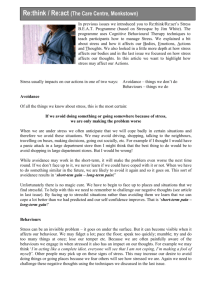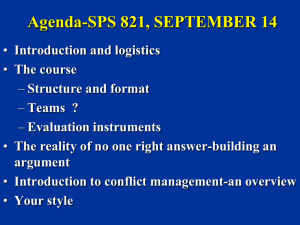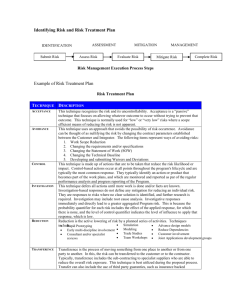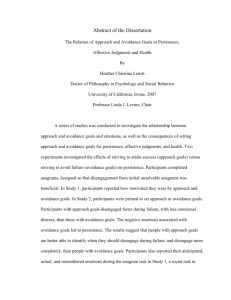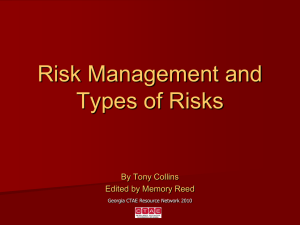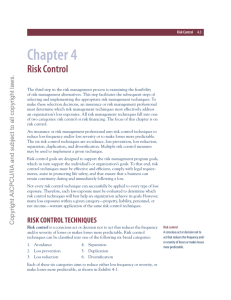Quantifying Fish Avoidance of Small Acoustic Survey Vessels in
advertisement
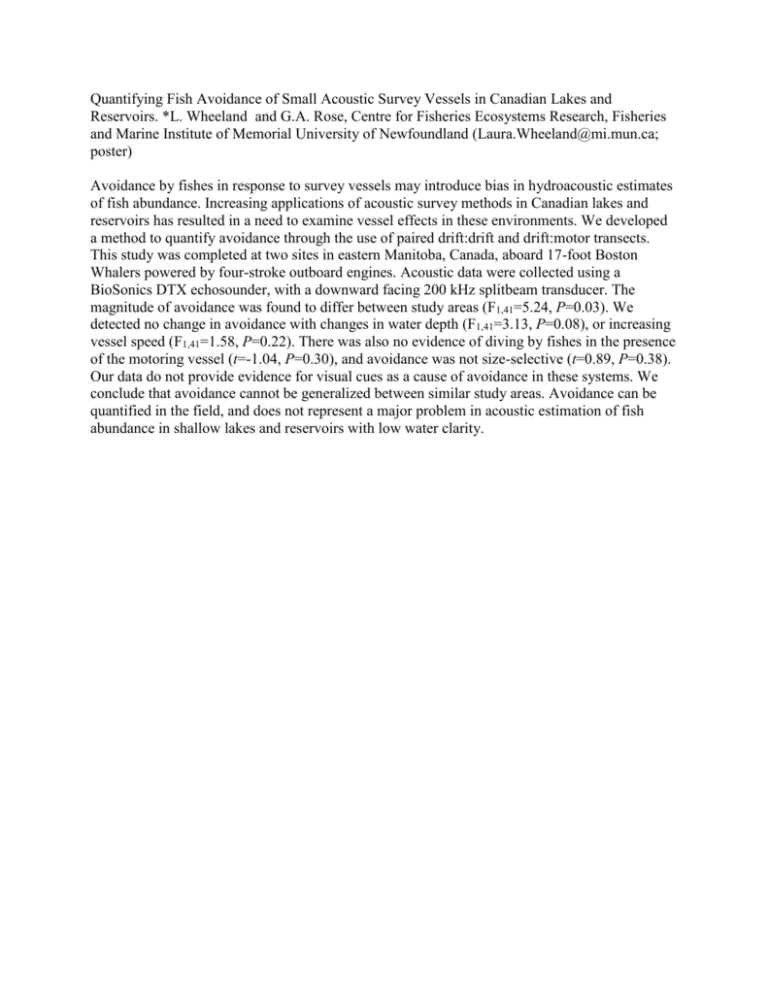
Quantifying Fish Avoidance of Small Acoustic Survey Vessels in Canadian Lakes and Reservoirs. *L. Wheeland and G.A. Rose, Centre for Fisheries Ecosystems Research, Fisheries and Marine Institute of Memorial University of Newfoundland (Laura.Wheeland@mi.mun.ca; poster) Avoidance by fishes in response to survey vessels may introduce bias in hydroacoustic estimates of fish abundance. Increasing applications of acoustic survey methods in Canadian lakes and reservoirs has resulted in a need to examine vessel effects in these environments. We developed a method to quantify avoidance through the use of paired drift:drift and drift:motor transects. This study was completed at two sites in eastern Manitoba, Canada, aboard 17-foot Boston Whalers powered by four-stroke outboard engines. Acoustic data were collected using a BioSonics DTX echosounder, with a downward facing 200 kHz splitbeam transducer. The magnitude of avoidance was found to differ between study areas (F1,41=5.24, P=0.03). We detected no change in avoidance with changes in water depth (F1,41=3.13, P=0.08), or increasing vessel speed (F1,41=1.58, P=0.22). There was also no evidence of diving by fishes in the presence of the motoring vessel (t=-1.04, P=0.30), and avoidance was not size-selective (t=0.89, P=0.38). Our data do not provide evidence for visual cues as a cause of avoidance in these systems. We conclude that avoidance cannot be generalized between similar study areas. Avoidance can be quantified in the field, and does not represent a major problem in acoustic estimation of fish abundance in shallow lakes and reservoirs with low water clarity.
